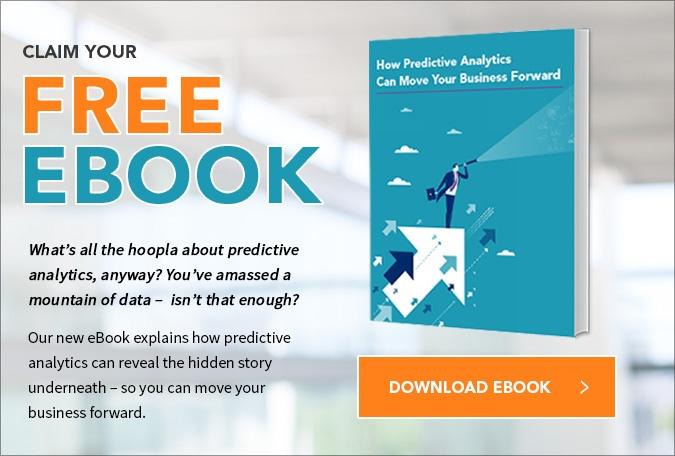
We often read that companies have poured billions of dollars into employee engagement programs over the past few years with little to show for the effort. Every day we get an offer for another webinar, white paper, research study, or blog article about employee engagement.
With human capital analytics now becoming mainstream, the clamor has increased. An entire industry sprang up around employee engagement, to the point that it seems impossible for a CHRO to know where to start. We have technology vendors, assessment providers, mood monitoring systems, work management systems, and a wealth of local, national, and global consultants. And let us not forget the new disciplines like Engagement Diagnostics Specialist.
We are not saying well-implemented engagement programs do not work, or that those of us in the business don’t provide valuable service. Dozens of case studies prove otherwise. Good programs succeed, but it takes strategy, discipline, and a road map.
Navigating the Market
Josh Bersin and his team have created an Employee Engagement Vendor Market Navigator to help CHROs navigate the provider maze. The model takes work to fathom, but it helps us understand the contributions each of the specialties and platforms make. It maps the resources and expertise needed to enhance productivity, monitor organizational health, and effect change.

All the resources Bersin recommends would be helpful, and might be doable if these factors are in your favor:
- the organization has the resources,
- your CEO is not a skeptic,
- the CFO understands the value of the investment, and
- you have a strategy and a well-rounded, experienced team.
For the rest of us, we recommend a more measured approach. We agree with Bersin that the place to start is with a strategy, but a CHRO can’t go down the analytics road alone.
First, stop trying to chase employee engagement. To many people, employee engagement is HR jargon. Engagement is not a business outcome, and a direct impact on the income statement is hard to determine. You will not get support for what business leaders perceive to be a nebulous idea. Follow the money trail to build credibility.
Form the Right Partnerships
Assuming you need to overcome internal resistance, the place to start is with the right alliances. Your three new best friends should be Marketing, Finance, and a business leader with a problem.
If anyone knows analytics, Marketing does. They have been studying consumer behavior for years and can predict who will buy what and when with uncanny accuracy. The predictive analytics they use will be much like what you will use to predict employee behavior.
The CFO has been using analytics to predict the value of investments in the company for decades. This initiative is an opportunity to add value to the business on the CFO’s terms.
Most business leaders have financial objectives they must meet, usually expressed as key performance indicators, (KPIs). For example, if you can predict with accuracy which candidates will be better salespeople, you can improve sales, reduce attrition, or both. A large medical device company cut sales attrition by 1 percent and saved $30 million in turnover costs.
Solve a Business Problem
If you can help a business leader solve a problem that results in better numbers on the balance sheet, you are well on our way to changing the way HR does business. In the best case, that business leader will command the resources necessary to get the work done.
Every situation is different, but we can recommend a general framework for your analytics project.
- Engage a data analyst. If you don’t have expertise in the organization, hire an experienced consulting company. (It may be time to upskill HR.)
- Isolate a business problem.
- Agree on the metrics that measure the outcome.
- Determine the analytical method you will use to determine correlations, causation, and predictions.
- Assemble the data. Much of the data about employee performance is in systems other than HR.
- Analyze the data. Be sure to include data quality assessments and validations
- Discuss the findings with your executive team.
- Implement the decisions of your executive team.
- Track, assess, and validate the results.
- Communicate the outcome, with emphasis on financial data.
A small success that affects financial results will lay the groundwork to help you improve and enlarge on your efforts. In time, predictive analytics will be the foundation for more informed decision making and a more productive workforce.
PhenomᵉCloud is a comprehensive technology solutions provider committed to empowering businesses to overcome challenges, enhance their workforce capabilities, and achieve superior outcomes.


Leave a Comment